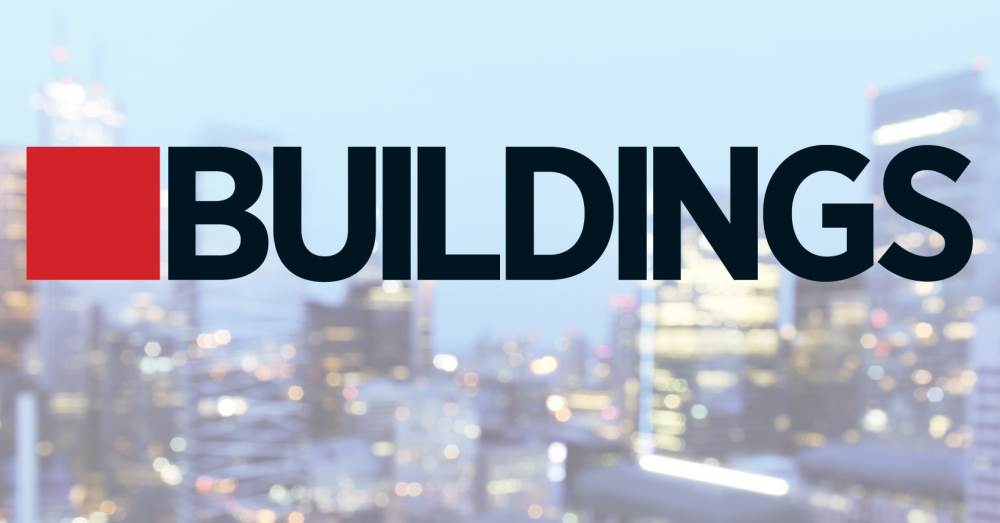Janelle Penny speaks with Jason Wigboldly on the IRE Expo 2019 floor about roofing fasteners, trends in the industry and how TRUFAST is staying ahead of the curve.
[Begin transcript]
Janelle: This is Janelle Penny, senior writer with BUILDINGS magazine, and I’m here at the 2019 International Roofing Expo with Jason Wigboldly of TRUFAST. Hi, Jason.
Jason: Hi. How are you doing?
Janelle: Good. How are you?
Jason: Thanks for having us.
Janelle: How’s the show been going for you?
Jason: It’s been going really good. It’s been very well attended. And I’ve heard a rumor that it’s a record attendance, and I would say that’s true, based on how busy it’s been.
Janelle: Great. So, what are you showcasing this week?
Jason: Yeah. So, what’s really cool is I actually have come from the Rodenhouse of Altenloh, Brinck, and Co., our parent company, based in Germany, that is better known for the three brands here in the states, under the TRUFAST brand of roofing fasteners. We’re in their booth today.
The SPAX division of fasteners, which is primarily wood-to-wood construction, and then my division, which is the Rodenhouse Inc. division, and that focuses on fasteners for side wall applications.
So, the question on what’s cool—we’re excited to now be part of one company that can provide fasteners to the entire building envelope for commercial roofs, for side walls and for below grade.
[Related: The Best Roofing Material for Every Building]
Janelle: Excellent. Speaking of the whole building envelope, I hear you have a lot of new developments this year. Can you tell me about some of those?
Jason: Yeah, we do. We’re always forward thinking. And we’re trying to address changes that are coming in the energy codes that require the use of more continuous insulation, that’s a continuous blanket of insulation that surrounds the entire structure.
No longer can you insulate your buildings with fiberglass or bad insulation between the studs. Now you have to wrap the entire building in a continuous layer of insulation. And that requires some method of attachment, either adhesives or fasteners, that have been tested to be able to, No. 1, attach the insulation, but more importantly, keep air and water from getting through that layer and all the different layers of the building envelope.
So, it’s those types of energy code changes that we’re trying to address with our fastening systems. Not only in the fasteners, but also the tools and the methods of insulation that will save our customers time and money.
Janelle: Sure. Are you seeing any other trends in the roofing industry besides preparing for those code changes?
Jason: Yeah. We are seeing some changes in regard to how the insulation and membranes are put on. Historically, of course, mechanical attachment was always kind of king.
We’re seeing some developments with induction welding and with different adhesives, which TRUFAST, of course, is staying ahead of the curve on that. And then again addressing those demands from our customers to, ‘I can think outside the box and provide a more labor and energy efficient method of attachment of both the insulation and the membranes.’
[Read also: 5 Things to Consider When Turning Your Rooftop into Usable Space]
Janelle: Great. Jason, thanks for walking me through this today. Where can we learn more?
Jason: Sure. Well, we recommend checking out our websites. Either www.trufast.com for any roofing applications. And for wall applications, we recommend www.rodenhouse-inc.com.
And also check out on social media including Facebook and Twitter, YouTube, all the typical means of social media. And you’ll find some great resources online with videos and how-to guides.
Janelle: Great. Sounds good. Well, this has been Janelle Penny and Jason Wigboldy from the International Roofing Expo. Thanks for joining us.
Jason: Thank you.
[End transcript]
More IRE coverage:





